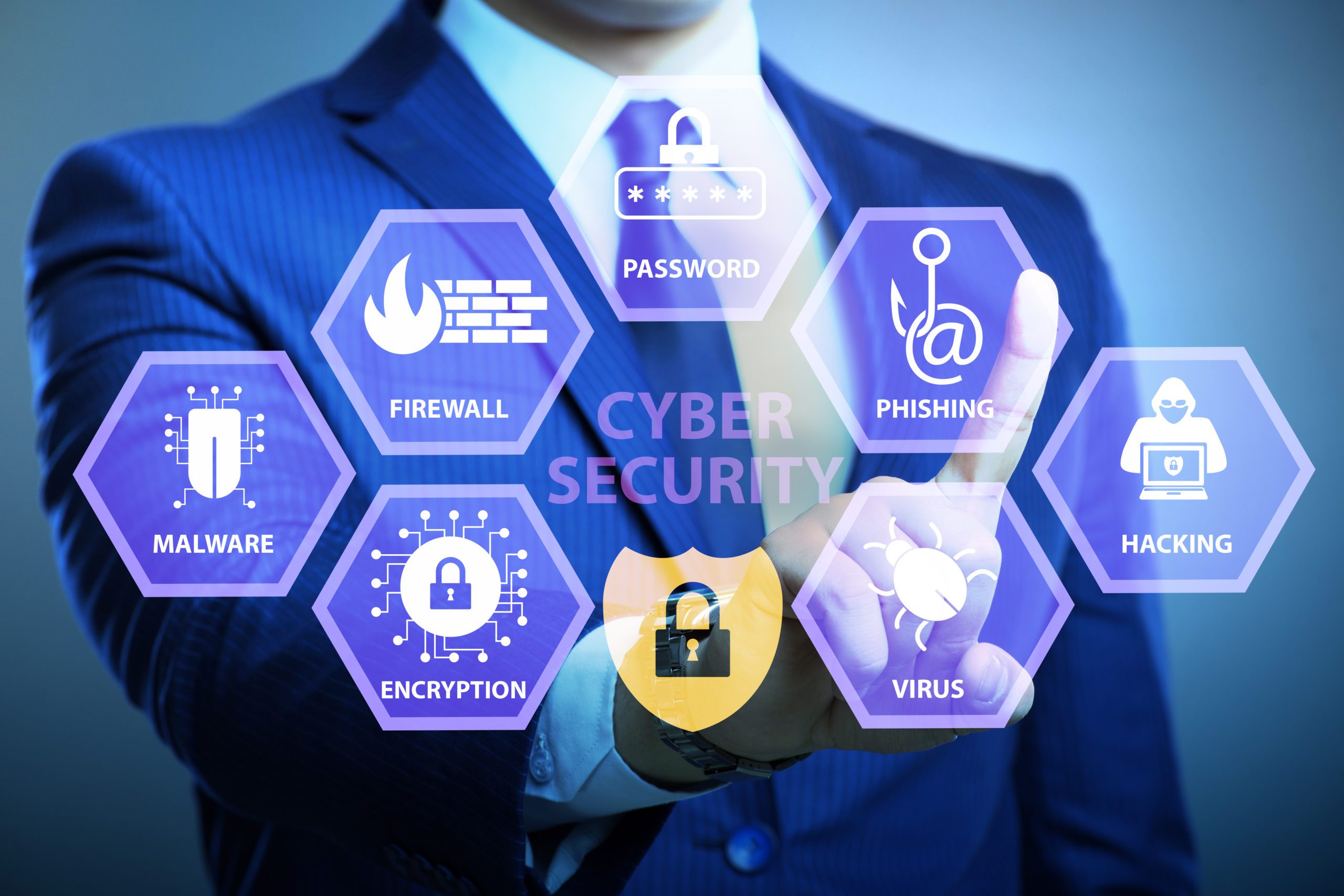How to Secure Your Devices from Cyber Threats
Learn essential strategies to protect your devices from cyber threats and ensure your digital safety.

Understanding Cyber Threats
In today's interconnected world, cyber threats are a constant concern for both individuals and organizations. Cyber threats encompass a wide range of malicious activities, including hacking, phishing, malware, and ransomware. These threats can lead to significant financial losses, data breaches, and damage to personal and professional reputations. Understanding the nature of these threats is the first step in securing your devices. Cybercriminals often exploit vulnerabilities in software and human psychology to gain unauthorized access to systems. This makes it crucial for users to stay informed about the latest security trends and best practices. By recognizing common attack vectors, such as suspicious emails or untrustworthy websites, users can better protect themselves from potential threats.
Keeping Software Up-to-Date
One of the simplest yet most effective ways to secure your devices is by ensuring that all software is regularly updated. Software developers frequently release updates to fix security vulnerabilities and improve overall functionality. Outdated software can be an easy target for cybercriminals, who exploit known weaknesses to gain unauthorized access. By enabling automatic updates, users can ensure that their devices are always running the latest, most secure versions of their software. It's also important to update not just your operating system but all applications, including web browsers and plugins, as these can also be targeted by attackers. Regularly checking for updates and applying them promptly can significantly reduce the risk of falling victim to cyber threats.
Utilizing Strong Passwords
Passwords are a critical component of digital security, yet many people still use weak or easily guessable passwords. A strong password is a fundamental line of defense against unauthorized access. It should be a mix of uppercase and lowercase letters, numbers, and special characters, making it difficult for cybercriminals to crack. Password managers can help users generate and store complex passwords, reducing the risk of using the same password across multiple accounts. It's also advisable to enable two-factor authentication (2FA) wherever possible, adding an extra layer of security. This ensures that even if a password is compromised, an additional verification step is required to access the account. Regularly changing passwords and avoiding predictable patterns further enhance security.
Enabling Firewalls and Antivirus Software
Firewalls and antivirus software are essential tools in protecting your devices from cyber threats. A firewall acts as a barrier between your device and the internet, monitoring incoming and outgoing traffic and blocking suspicious activity. It helps prevent unauthorized access to your system and keeps your data safe. Antivirus software, on the other hand, detects and removes malicious software that may have infiltrated your device. By keeping your antivirus software updated, you can ensure that it recognizes the latest threats and provides effective protection. Both tools work best when used together, creating a robust defense against a wide range of cyber threats.
Practicing Safe Browsing Habits
Safe browsing habits are crucial in preventing cyber threats. Always be cautious when clicking on links or downloading files from unknown sources. Cybercriminals often use phishing tactics to trick users into revealing sensitive information or downloading malware. Verify the authenticity of websites by checking for secure connections (https://) and looking for indicators of trust, such as security certificates. Avoid entering personal information on untrusted sites and be wary of pop-ups that prompt you to download software or provide sensitive details. By remaining vigilant and skeptical of unfamiliar online interactions, users can significantly reduce their risk of falling victim to cyber threats.
Securing Your Network
Your home or office network is another potential entry point for cybercriminals. Securing your network starts with changing default settings on your router, such as the default password and SSID (network name). Use strong, unique passwords and enable WPA3 encryption for the best protection. Disabling remote management and ensuring that your network firmware is up-to-date can further safeguard your network. Consider setting up a separate guest network for visitors, keeping your main network more secure. Regularly monitoring network activity and devices connected to your network can help identify any unauthorized access attempts.
Educating Yourself and Others
Education is a powerful tool in the fight against cyber threats. Staying informed about the latest cybersecurity trends and threats enables you to take proactive measures to protect your devices. Share this knowledge with family members, friends, and colleagues to create a culture of security awareness. Cybersecurity training programs and workshops can provide valuable insights into recognizing and responding to threats. Encourage open discussions about cybersecurity in both personal and professional settings. By fostering a community that prioritizes security, we can collectively enhance our defenses against cyber threats, making the digital world a safer place for everyone.